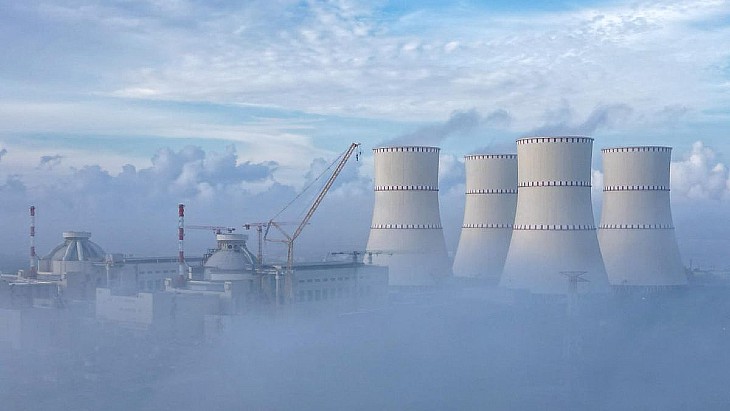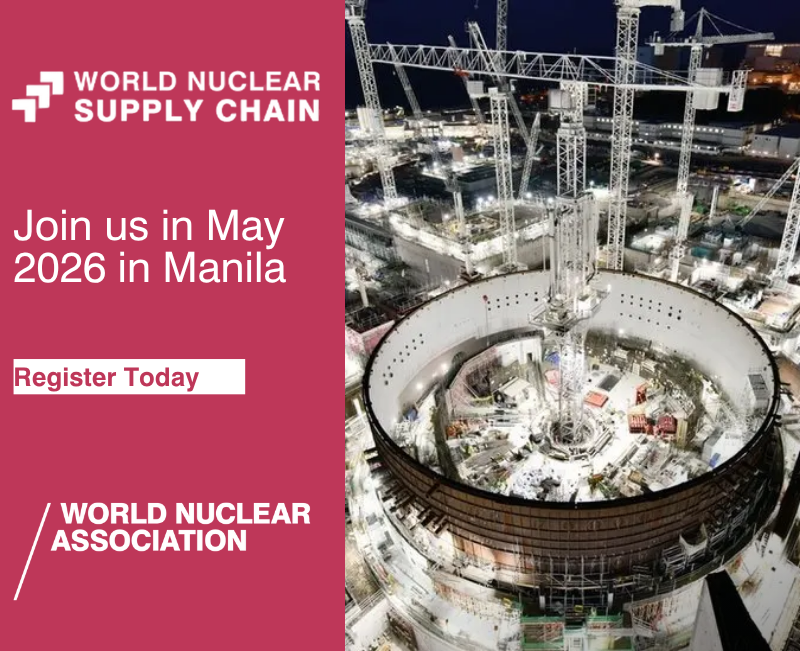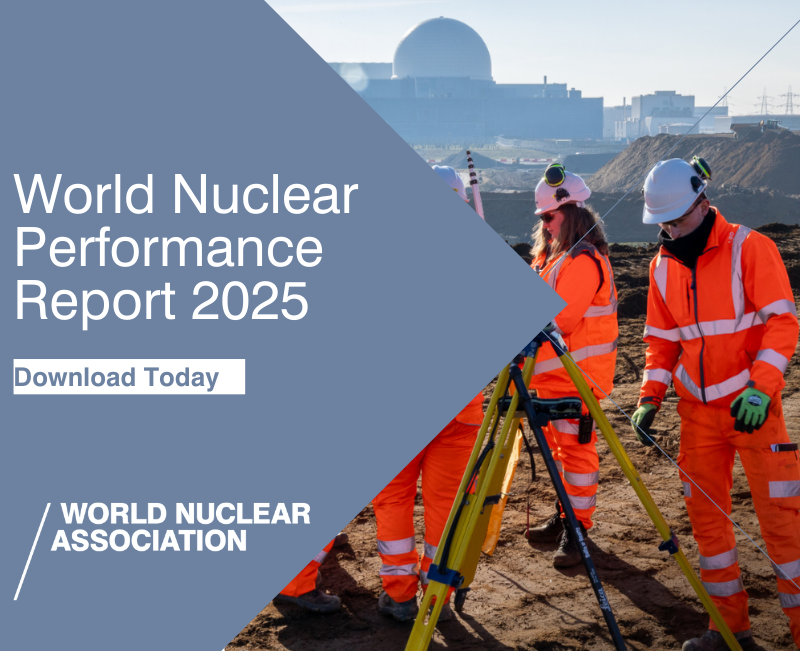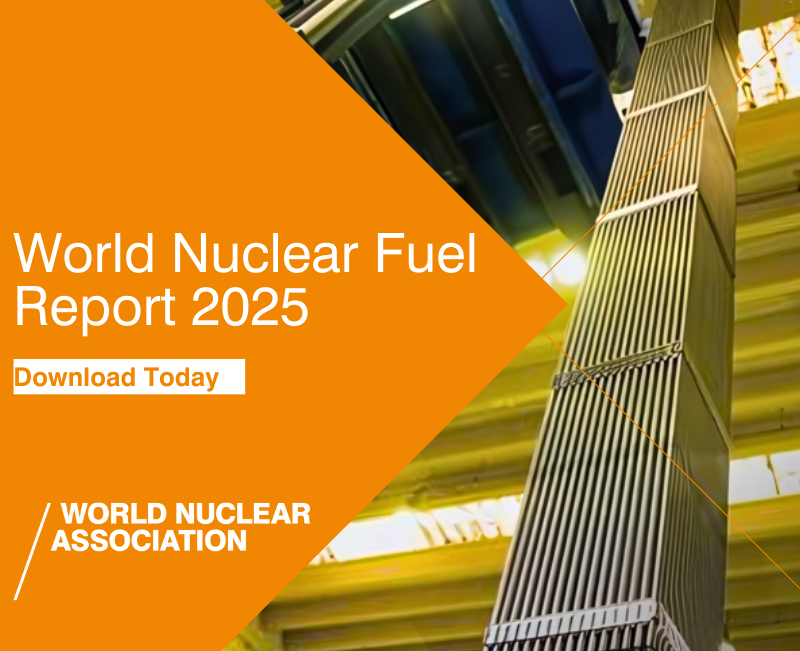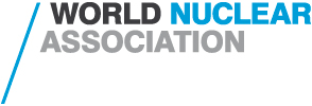The 750-tonne polar crane was hoisted into position in a two-day operation using Big Carl, the world's largest crane.
The polar crane is able to rotate 360 degrees around the top of the reactor building and will be used to install heavy equipment during construction, such as the reactor and steam generators. It will also be used when the power station is operational for refuelling and maintenance.
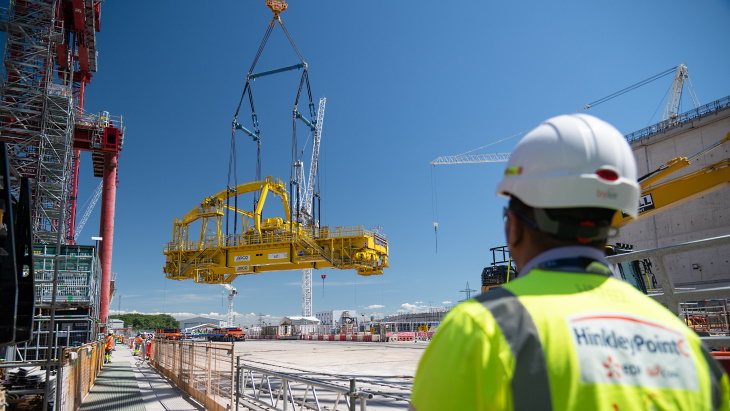
(Image: EDF Energy)
It is one of the last pieces of equipment to be installed in the reactor building before the 245-tonne dome is lifted into place, which EDF Energy said is scheduled "later this week".
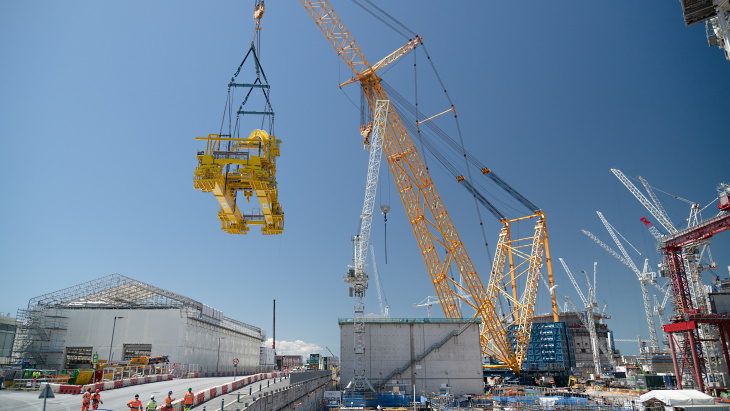
(Image: EDF Energy)
Construction of Hinkley Point C - composed of two EPR pressurised water reactors of 1630 MWe each - began in December 2018, with unit 1 of the plant originally scheduled to start up by the end of 2025, before that was revised to 2027 in May 2022. Last year, EDF announced that the "base case" was now for unit 1 being operational in 2030, with the cost revised from GBP26 billion (USD32.8 billion) to between GBP31-34 billion, in 2015 prices.
When complete, the two EPR reactors will produce about 10% of the UK's electricity, and are expected to operate for as long as 80 years.
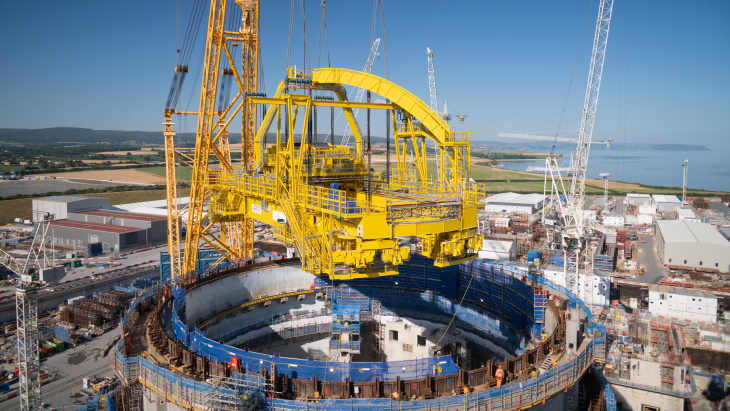
(Image: EDF Energy)
The polar crane of the first Hinkley Point C reactor was hoisted into place in early December 2023, with the dome of the unit installed a couple of weeks later.
"Thanks to experience gained from unit 1, the second polar crane was assembled 40% faster, showing the big benefits of building and repeating an identical design with the same people," EDF Energy said.
The planned Sizewell C plant in Suffolk would be a similar design to the two-unit plant being built at Hinkley Point C in Somerset, with the aim of building it more quickly and at lower cost as a result of the experience gained from what is the first new nuclear construction project in the UK for about three decades.

_29980.jpg)



_30199.jpg)
_72306.jpg)
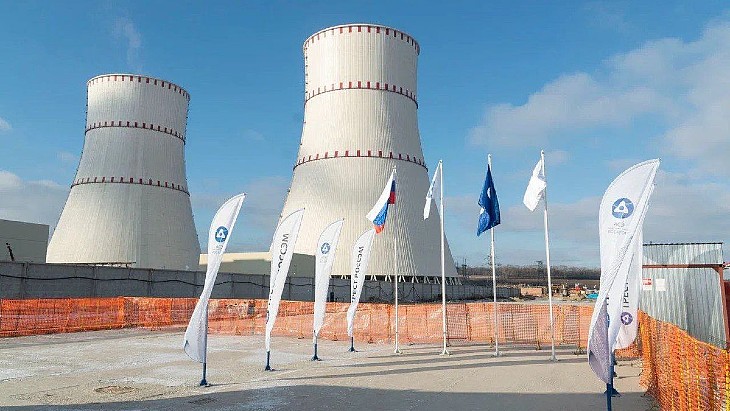
_49562.jpg)
